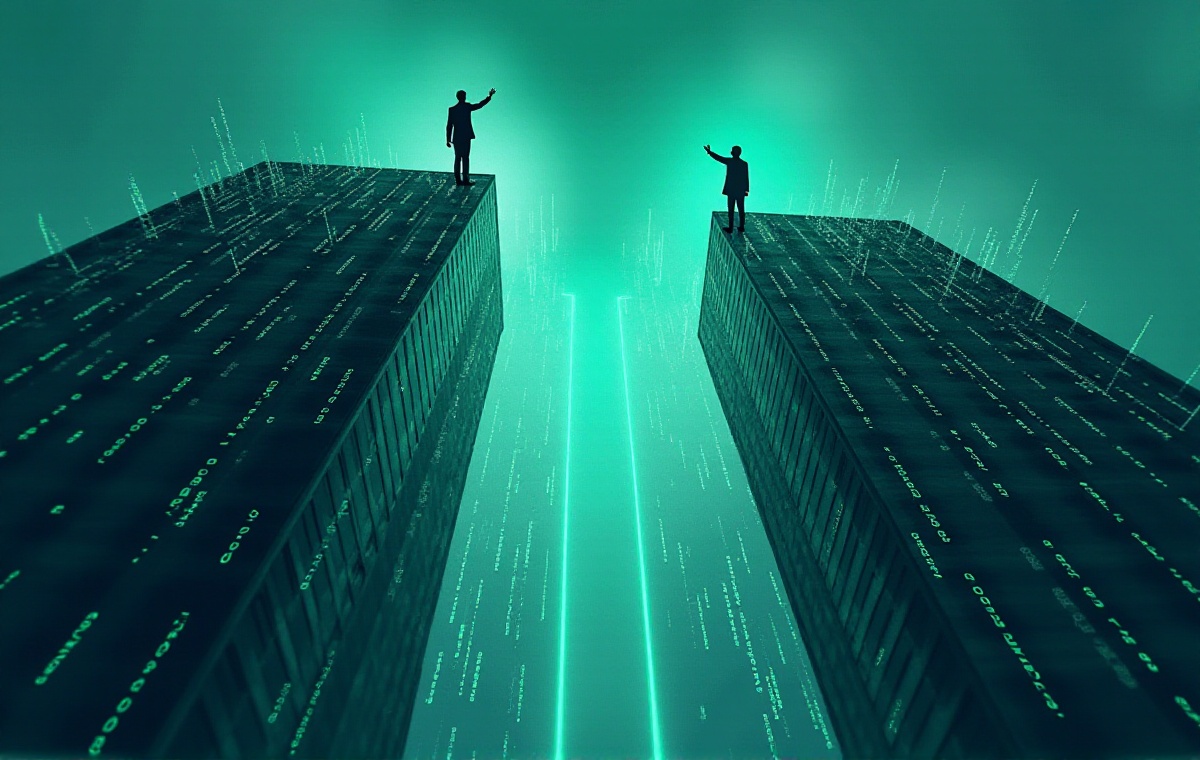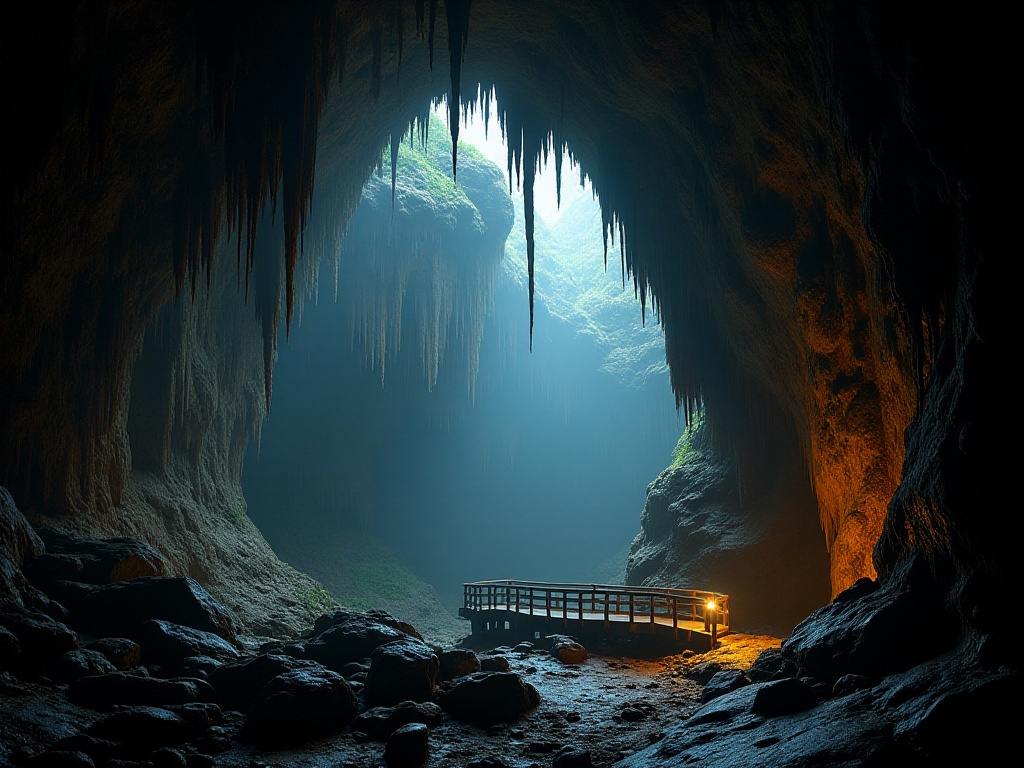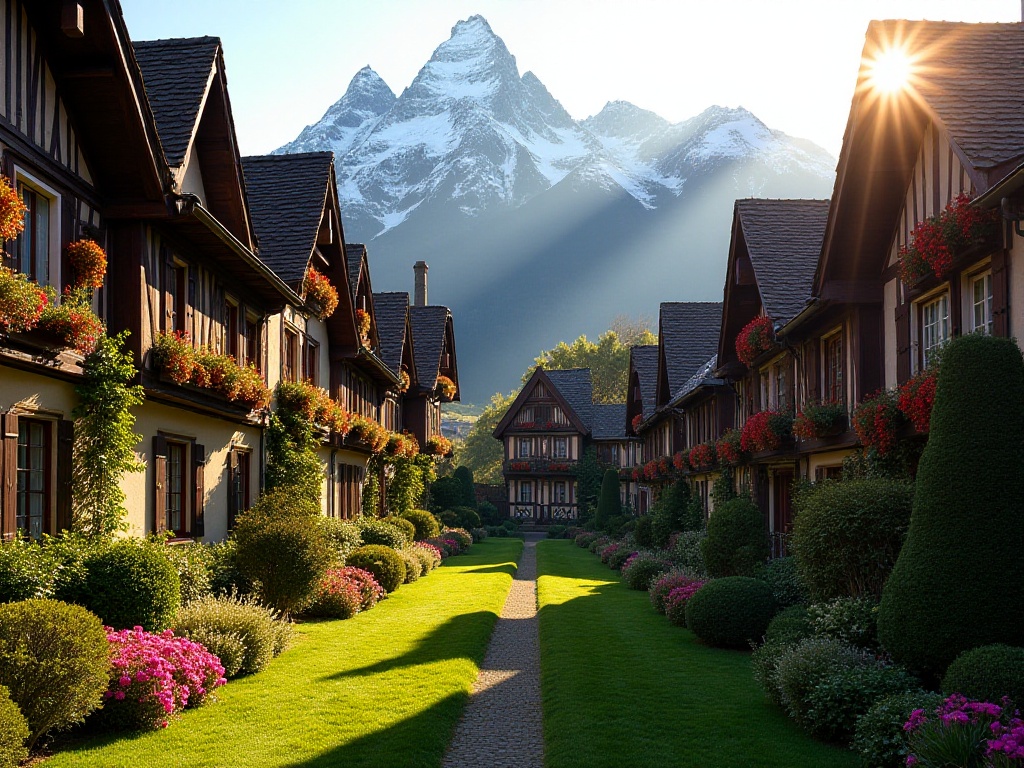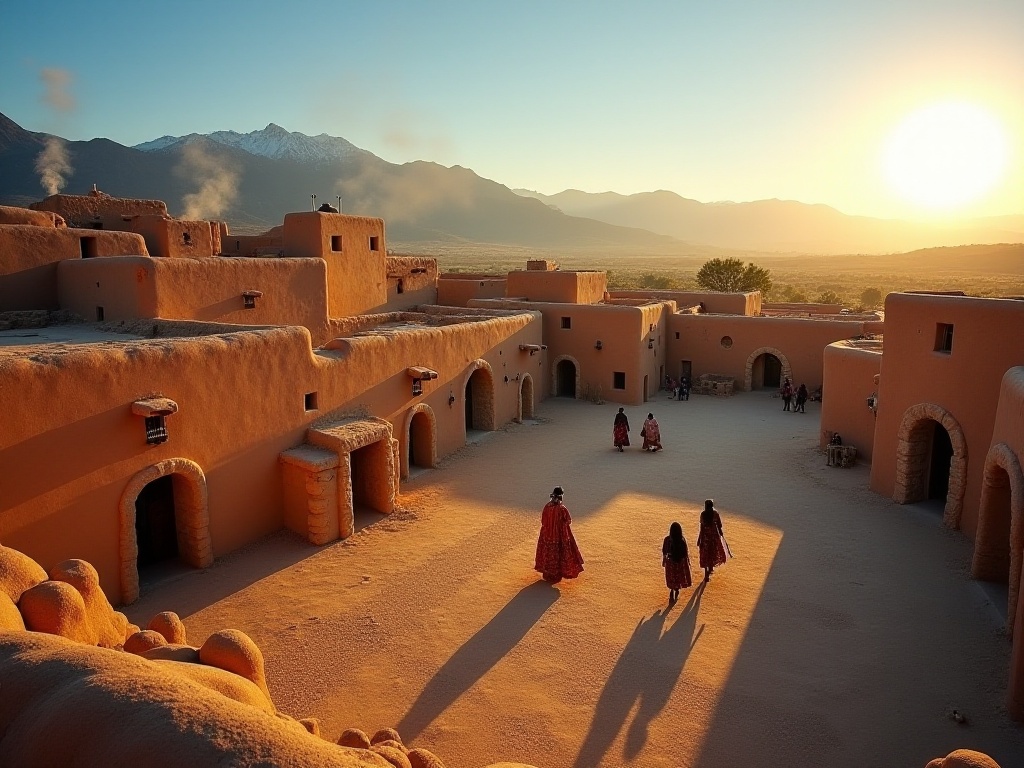First Impressions of Ayutthaya
About 80 kilometers north of Bangkok, Thailand lies a mysterious ancient city - Ayutthaya. This historic city, which served as the capital of the Siamese Kingdom, witnessed 417 years of prosperity. When I first set foot on this land, I was deeply impressed by the magnificent group of stupas before me. The morning sunlight bathed the ancient buildings, casting a golden glow that seemed to give the entire city a mystical veil. A faint scent of incense lingered in the air, and the distant sound of monks chanting sutras made me slow down involuntarily to quietly appreciate the charm of this ancient city.
Looking out from the city walls, the outline of the ancient city appeared and disappeared in the morning mist. The winding walls, like a giant dragon, guarded this ancient capital. The weathered marks on the walls told stories of years gone by, with each brick seemingly narrating its past. I watched local residents cycling through the city gates, their leisurely pace of life perfectly matching the character of this ancient city.
Historical Imprints
Ayutthaya's history can be traced back to the 14th century. In 1350, King U Thong established the capital on this fertile land, beginning the city's glorious chapter. When choosing the location, King U Thong was attracted by its advantageous geographical position: surrounded by three rivers, it provided both defense against enemies and convenience for water trade. For the next 400-plus years, Ayutthaya remained the political, economic, and cultural center of the Siamese Kingdom.
At its peak, the population here exceeded 1 million, making it one of the most prosperous cities in Southeast Asia. Merchants from around the world gathered here, trading Chinese silk, Persian spices, and European weapons. The streets were crowded with people, markets bustled with vendors' calls, and ships constantly arrived at the docks. At that time, Ayutthaya was like a brilliant pearl, shining brightly in Southeast Asia.
Ayutthaya was not just a commercial city but also a cultural center. Artists, craftsmen, and scholars from various countries gathered here, bringing their own cultural traditions. Siamese, Khmer, Ayutthaya, and other different cultures merged and collided here, creating a unique Ayutthaya culture. Dance performances and literary gatherings held in the palace attracted countless scholars and artists. They honed their skills here and created many timeless masterpieces.
Architectural Beauty
Entering Ayutthaya, the most striking features are the well-preserved Buddhist structures. The main stupa of Wat Mahathat stands 40 meters tall, adopting Khmer architectural style, with its red brick walls gleaming warmly in the sunlight. Whenever sunlight pierces through the clouds and shines on the stupa's surface, the entire building seems to ignite, radiating golden light.
Each level of the stupa is carved with exquisite reliefs, telling stories of Buddha and ancient myths. These reliefs are so lifelike that even after centuries of weathering, one can still see the exceptional craftsmanship of the artisans of that time. I often stop to observe these reliefs, imagining how the craftsmen gradually carved these stories into stone.
Around the stupa, there are many small shrines and Buddha statues. These Buddha images have varying expressions, some benevolent and gentle, others solemn and dignified, each conveying different Buddhist meanings. Especially in the evening, when the setting sun's rays fall on these Buddha statues, the entire scene appears particularly sacred.
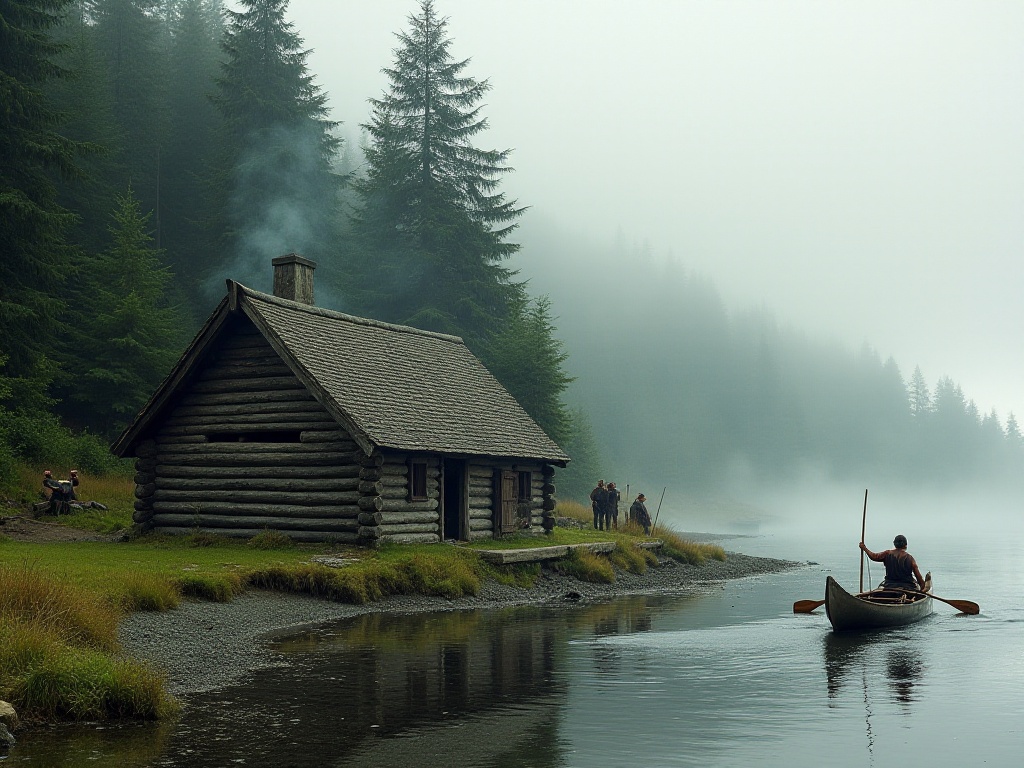
Cultural Treasures
The 42-meter-long reclining Buddha in Wat Lokayasutharam is one of Ayutthaya's most representative cultural heritage sites. This Buddha statue was originally covered in gold leaf, and although the gold leaf has now peeled off, one can still sense its majesty. The Buddha's facial expression is peaceful and serene, seemingly conveying inner tranquility to the world.
The craftsmen who created this reclining Buddha must have possessed extraordinary wisdom and skill. How did they create such a perfect Buddha statue without modern mechanical equipment? It is said that the craftsmen used unique construction techniques, first building the basic outline with bricks, then applying layers of plaster, and finally covering it with gold leaf. The entire process might have taken several years.
On the walls of Wat Lokayasutharam, many exquisite murals are preserved. These murals depict Buddhist stories, mythological legends, and scenes of people's lives at that time. Although some murals have faded, they still provide glimpses of society at that time. The figures in the paintings wear elaborate clothing, and the scenes are bustling, showing the prosperity of Ayutthaya during its peak.
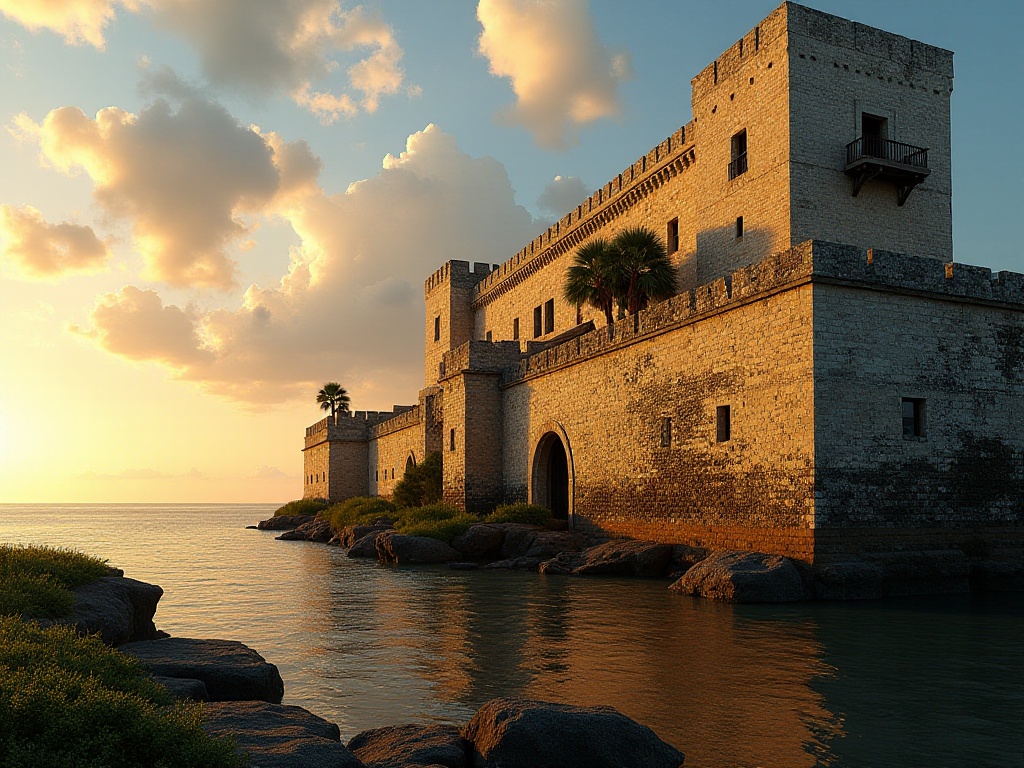
Architectural Features
The architectural art of Ayutthaya reflects the fusion of multiple cultures. Taking Wat Phra Si Sanphet as an example, its architectural style combines features from the Siamese, Khmer, and Ayutthaya periods. Eight small stupas surround the central stupa, forming a unique "rice-grain" layout. This design is unique in Southeast Asia, demonstrating the ingenuity of ancient architects.
The design of the central stupa is highly distinctive, with multiple layers stacked together, each layer beautifully decorated. The spire gradually narrows upward, forming an elegant silhouette. Although the eight small stupas are smaller in size, each has its own characteristics, some adopting Siamese-style spires, while others bear Khmer architectural features.
The temple walls are inlaid with exquisite reliefs depicting various Buddhist stories and mythological legends. These reliefs are not just artworks but also important historical materials, recording people's beliefs and lives at that time. At the four corners of the temple, there are uniquely shaped corner towers, which are typical features of Siamese architecture.
Visiting Tips
To thoroughly explore Ayutthaya, it's recommended to set aside at least a full day. The best visiting time is between 7 and 9 AM, which not only helps avoid the heat but also allows you to capture beautiful morning light on the ruins. Ayutthaya is particularly serene in the early morning, making it the best time for photography.
When visiting, it's recommended to first get a map from the visitor center to understand the layout of the ancient city. The touring route can start from Wat Mahathat, one of the most important buildings in the ancient city. Then you can proceed along the main street, visiting various important temples and ruins in sequence.
The best season to visit Ayutthaya is from November to February of the following year. During this period, the temperature is moderate with less rainfall, making it very suitable for outdoor activities. Moreover, during this season, various cultural activities and festivals are held in the ancient city, allowing for a better understanding of local traditional culture.
Transportation Guide
Transportation from Bangkok to Ayutthaya is very convenient. Taking the train is a good option, with about a 2-hour journey from Bangkok railway station. The scenery along the railway is beautiful, offering views of Thailand's rural countryside. Train tickets are affordable, with first-class seats around 300 baht and second-class seats around 200 baht.
If you want a more flexible itinerary, you can choose to hire a private car or join a day tour. Private car prices usually range from 2000-3000 baht, and you can arrange the itinerary according to your interests. Day tours usually include guide interpretation and lunch, priced between 1000-1500 baht.
After arriving at the ancient city, renting a bicycle is the ideal way to tour. Daily rental is about 200 baht, allowing you to leisurely cycle through the streets of the ancient city, stopping anytime to appreciate interesting sites. Bicycle rental points are scattered throughout the ancient city, making it convenient to use. It's recommended to carefully check the bicycle condition when renting and keep the rental receipt safe.
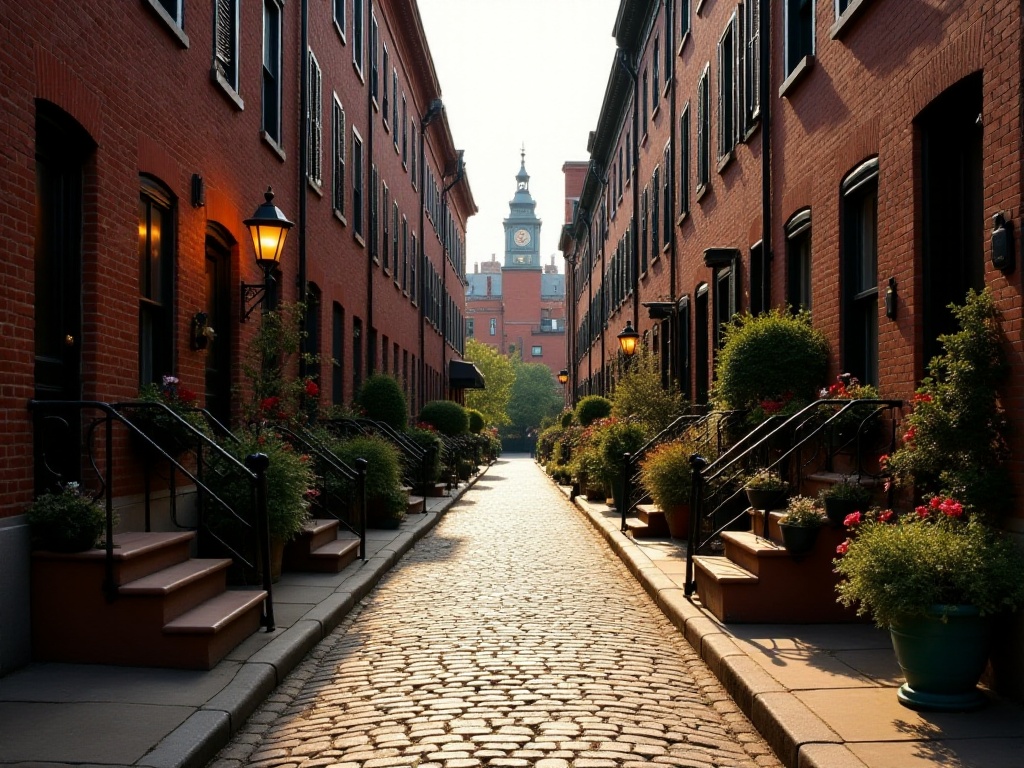
Food Experience
The cuisine in Ayutthaya is equally memorable. Near Wat Mahathat, there's a century-old restaurant famous for their Tom Yum Goong and Coconut Curry Shrimp. Their Tom Yum Goong recipe has been passed down for generations, with a rich broth that's perfectly balanced in sourness and spiciness, complemented by fresh shrimp. The Coconut Curry Shrimp is cooked with fresh coconut milk, rich and delicious.
Local durian sticky rice is also a must-try dish. The sticky rice is steamed with coconut milk, soft and sweet, paired with fresh durian flesh, creating an aromatic delight. Although not everyone can accept the taste of durian, this dessert truly represents the essence of traditional Thai cuisine.
In the markets within the ancient city, you can find various authentic snacks. Grilled bananas, coconut ice cream, mango sticky rice, and others are all great choices for beating the heat. Small stalls along the streets also sell fresh tropical fruits at reasonable prices with excellent quality.
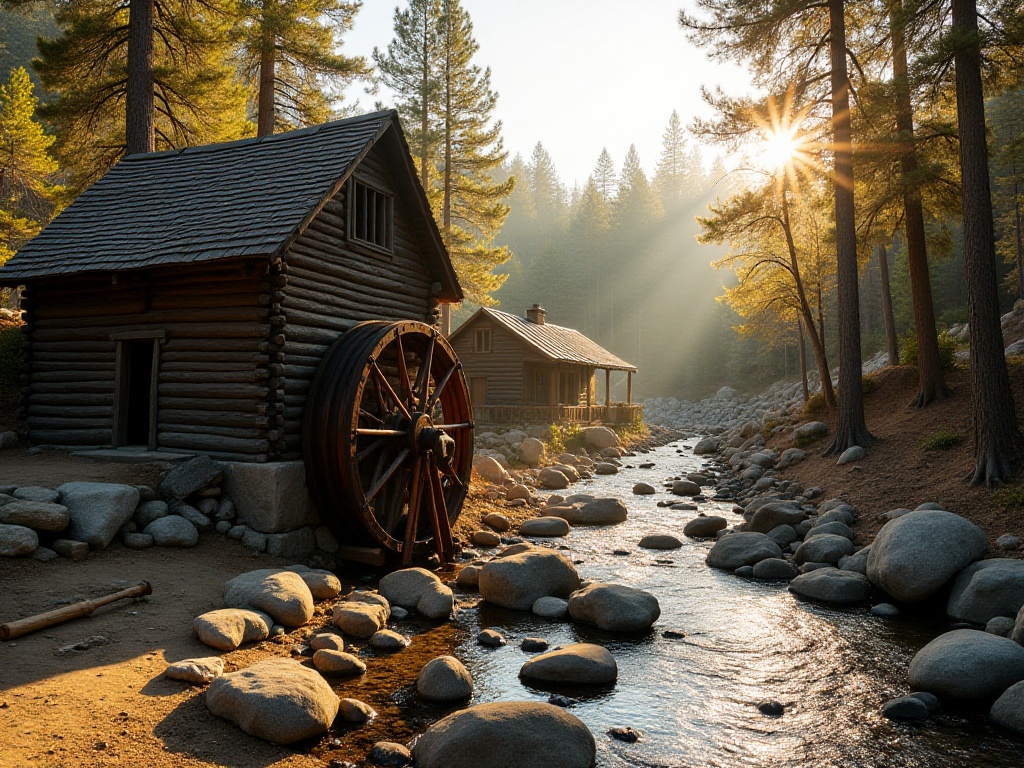
Current Conservation Status
As a World Cultural Heritage site, conservation work in Ayutthaya never stops. The Thai government invests substantial funds annually for monument restoration and protection. The restoration budget for 2022 reached 300 million baht, a 15% increase from 2021. These funds are mainly used for reinforcing ancient buildings, repairing damaged sections, and improving tourist service facilities.
Conservation work faces many challenges. Threats from climate change are increasingly serious, especially frequent floods that have severely impacted the monuments. Archaeological experts are studying new protection methods, including using modern technology to enhance buildings' waterproofing and improve drainage systems.
Another challenge is balancing preservation and tourism development. With increasing tourist numbers, finding ways to allow people to experience historical culture up close while ensuring monument safety has become an important issue. Currently, the local government is implementing visitor flow control measures and strengthening monitoring of important sites.
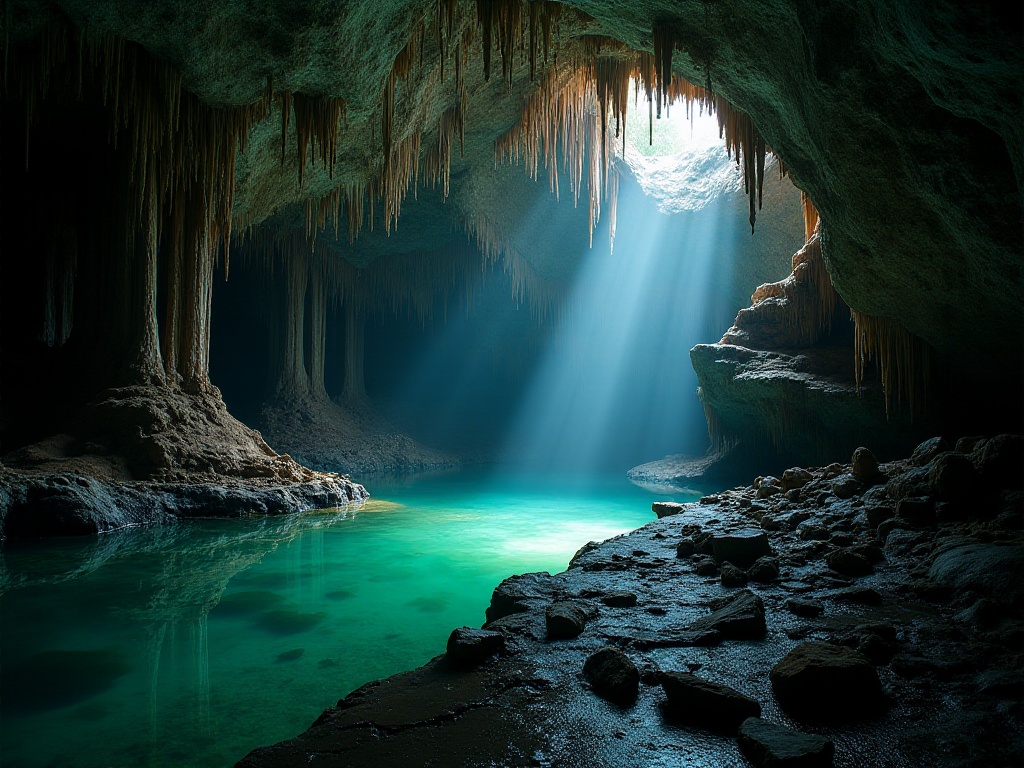
Future Prospects
Facing the dual challenges of preservation and development, Ayutthaya is actively exploring new directions. The "Smart Ancient City" project plans to complete the construction of a digital guide system by 2025. This system will use AR technology to allow visitors to see what the ancient city looked like during its peak period through their phones or tablets.
The digital guide system will not only enhance visitor experience but also reduce pressure on physical monuments. Visitors can use virtual reality technology to see buildings that have disappeared and understand their historical changes. This innovative display method both protects cultural relics and makes history more vivid and interesting.
Besides technological innovation, Ayutthaya is also promoting cultural heritage work. Local traditional craft training classes have been established to teach young people ancient building restoration techniques, traditional painting, and other skills. These efforts aim to ensure that ancient crafts can be passed down through generations, cultivating talent for the ancient city's future development.
Conclusion
Whenever I think of Ayutthaya, I'm always moved by its historical depth. It's not just an ancient city but a living history textbook. Here, you can touch the traces of history, feel the wisdom of ancient people, and appreciate the charm of different cultures. Whether it's the towering stupas, exquisite reliefs, or long-standing traditions, everything tells the story of this city. Ayutthaya, this Siamese royal capital frozen in time, forever waits for people to explore its secrets.



